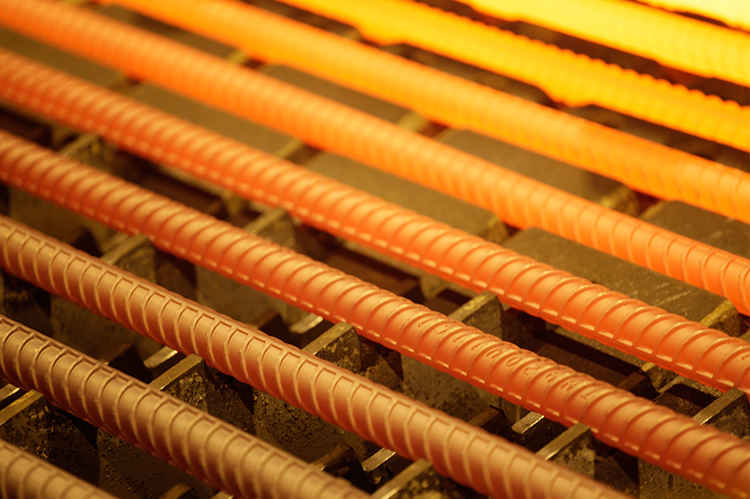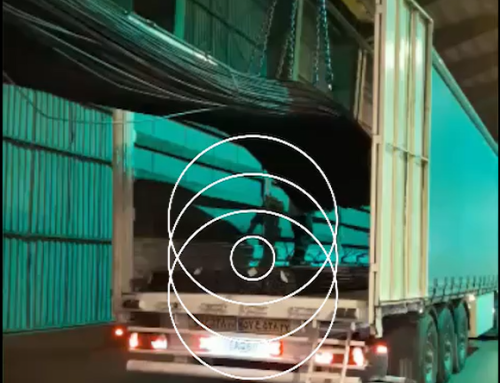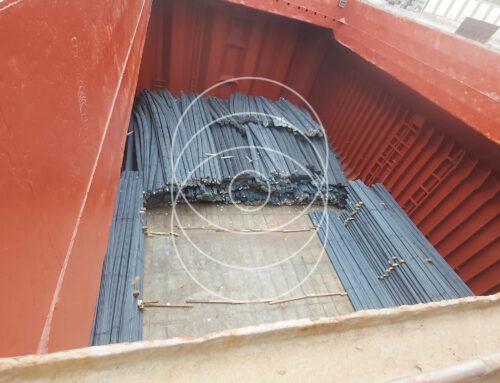Project Description
Rebar Production Process
The rebar production process includes several key steps that will affect the quality, properties, and final price of the product. Given the wide application of rebar in various industries, familiarity with the production process and the factors affecting it can help improve efficiency, reduce costs, and increase customer satisfaction. Similarly, the rebar production process is one of the important issues that greatly affects the quality of the product supplied and will also cause variation in the price of rebar. The most important application of rebar can be considered to be compensating for the tensile strength in reinforced concrete. In this article, we intend to examine the rebar production process.
Raw materials required for rebar production
Rebar is one of the important materials in construction that is produced from steel. Steel is an alloy of iron and carbon that can be combined with other elements such as manganese, chromium, nickel, molybdenum, etc. to have the desired properties.
To produce rebar, first a steel ingot is produced in a cubic or rectangular shape in melting furnaces. Steel ingots can be made of carbon steel, alloy steel, stainless steel, tool steel, and electrical steel. Each type of steel ingot has its own chemical composition and mechanical properties.
For example, alloy steel has higher strength, greater hardness, better weldability, and resistance to corrosion and wear. After the steel ingot is produced, it is heated in preheating furnaces and then sent to rolling machines. In the rolling machines, the steel ingot is pressed and transformed into a rebar of the desired diameter.
It should be noted that the rebar can be plain or ribbed. Ribbed rebar has pastes on its surface that increase the adhesion between the rebar and the concrete. The produced rebar complies with valid standards such as ASTM A615, BS 4449, IS 1786, etc. This product is cut into different lengths and is provided with a technical specification card.
What is the rebar production process?
In order to produce rebar, first the ingots are guided to the furnace by hydraulic jacks and the heating process continues until the ingots reach a temperature of 1100 degrees Celsius. In the next stage, the rolling process will begin and the heated ingots are moved to the production line for roughing.
In the rebar production process, the roughing stage is a stage where fundamental changes are made to the ingot to become rebar. In order to increase the length and reduce the diameter of the ingots, they are passed through the existing rolling racks. At this stage of rebar production, 10 to 18 rollers are available for rolling. Next, the rebar is reamed and finally, length shears are used to cut the rebar into certain lengths. The rebars are mostly cut to 12 meters in length and packaged and finally placed in 2-ton bundles.



